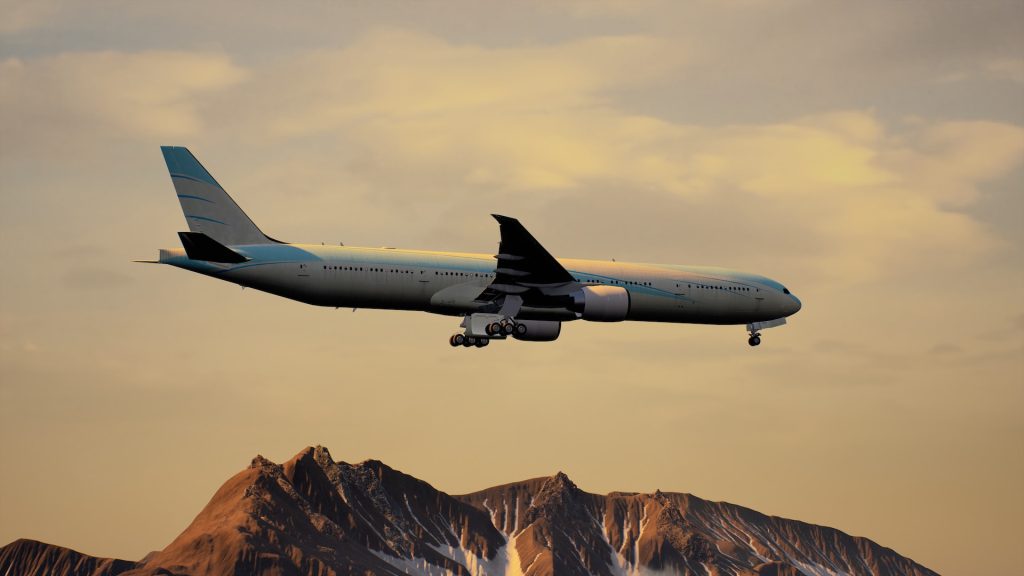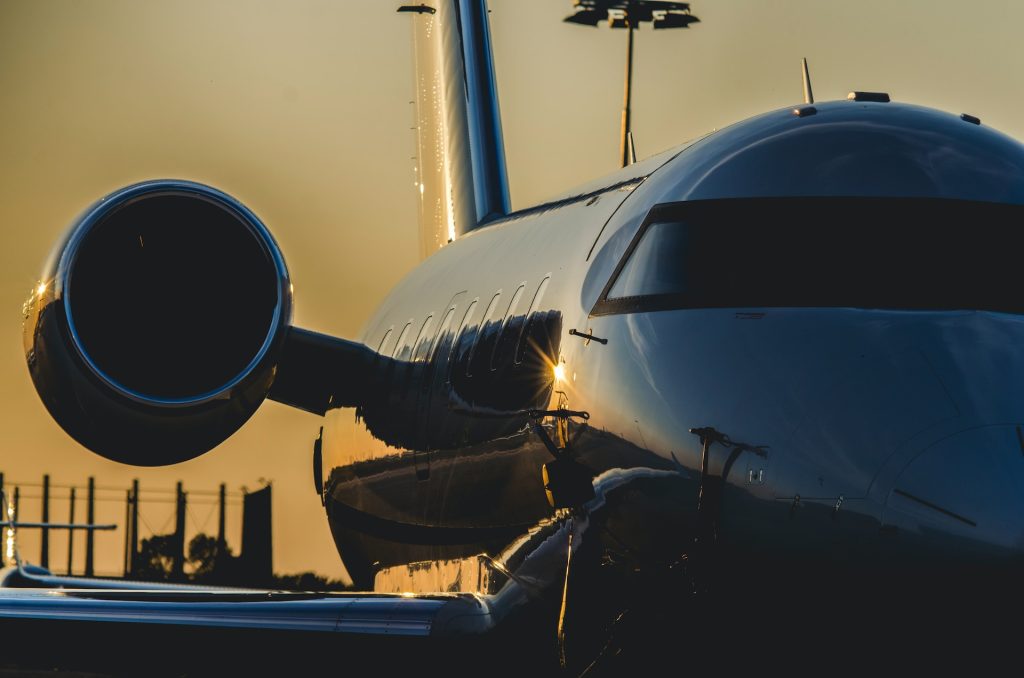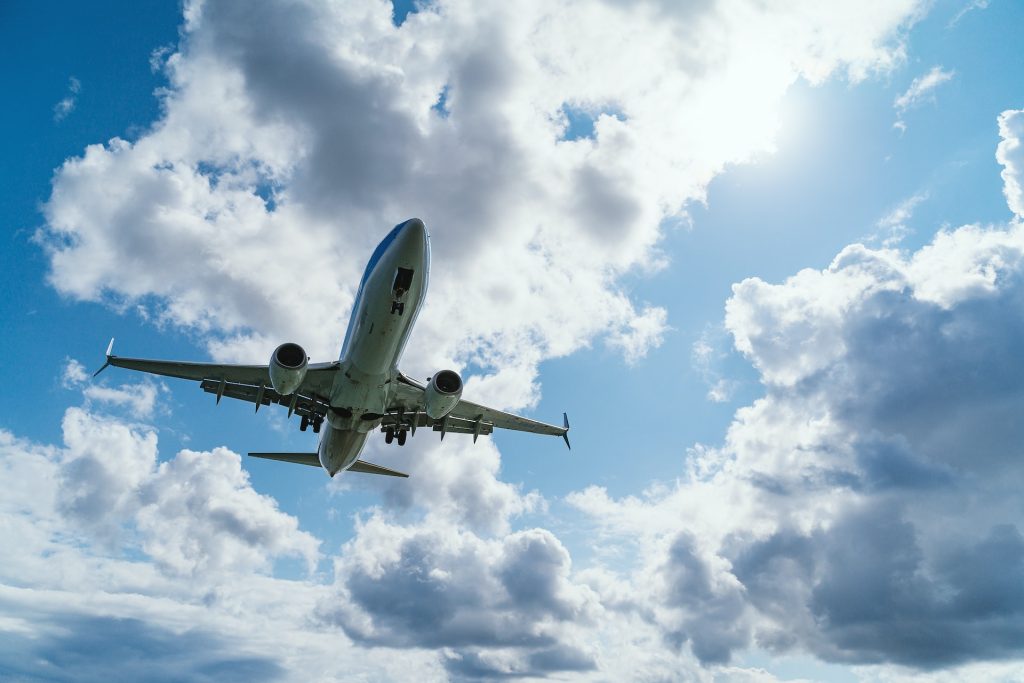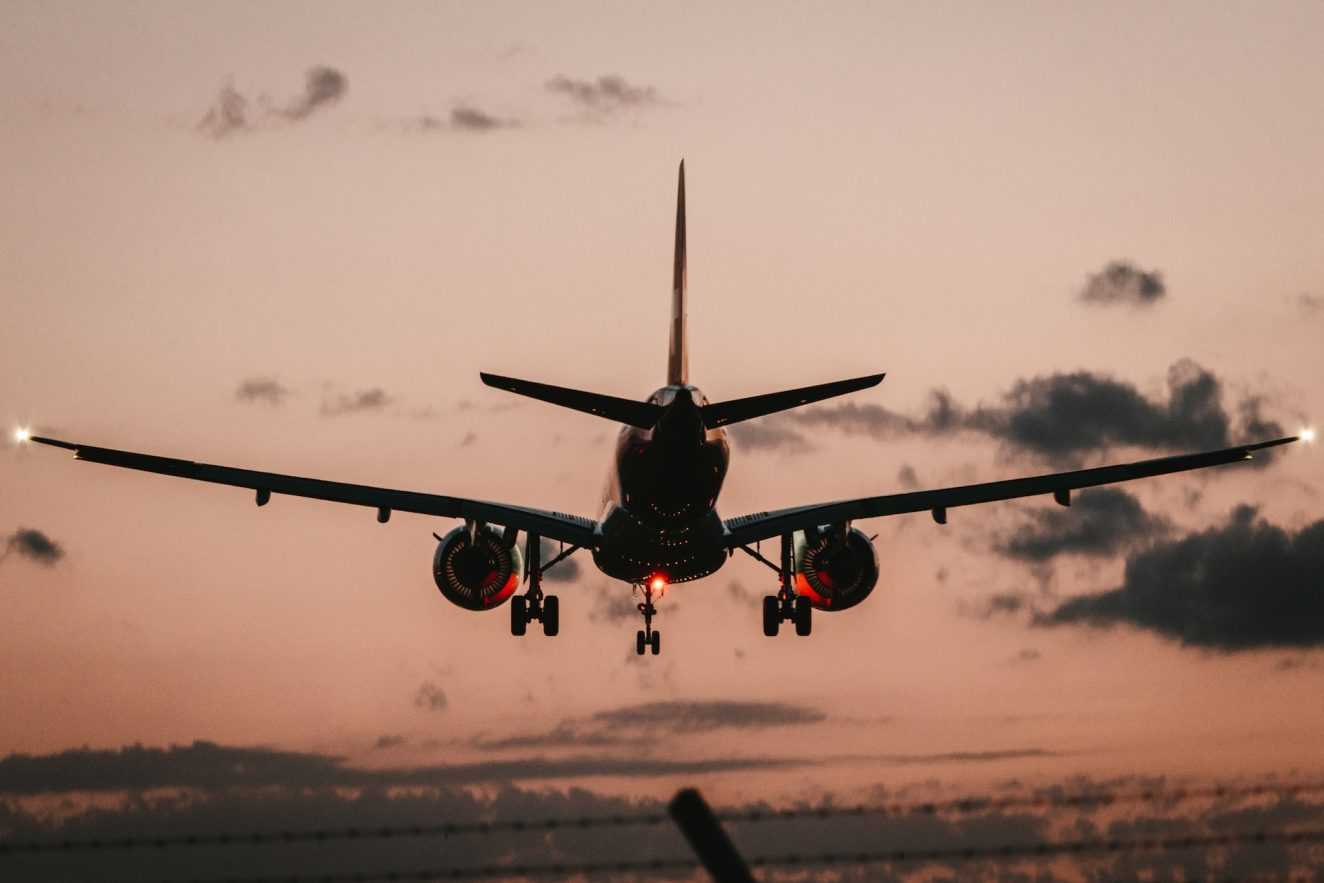In this thrilling journey, we’re going to soar through the skies of history and explore how airplanes have transformed from daring dreams into modern marvels.
From the Wright brothers’ first powered flight to the incredible technology behind today’s aircraft, we’ll learn about the timeline of airplane development and delve into the fascinating world of aviation.
Early Visions of Flight
The Wright Brothers’ Triumph: On December 17, 1903, Orville and Wilbur Wright achieved the impossible – powered, controlled flight. Their aircraft, the Wright Flyer, was a wooden biplane with a 12-horsepower engine, marking the birth of aviation.

The Age of Biplanes
The Red Baron’s Reign: During World War I, biplanes ruled the skies. The iconic Sopwith Camel and the Fokker Dr.I, famously flown by the Red Baron, were key players in dogfights. These planes were constructed mainly of wood and canvas.
Interwar Years
Luxury in the Sky: The interwar years saw the birth of commercial aviation. Iconic aircraft like the Ford Trimotor and the Douglas DC-3 made air travel more comfortable and accessible. These planes featured aluminum frames and improved engines.

Aviation Takes Flight
The B-17 and Spitfire: World War II witnessed rapid advancements in aviation technology. The Boeing B-17 Flying Fortress and the Supermarine Spitfire were legendary aircraft that showcased the power of metal construction and improved aerodynamics.
The Dawn of Supersonic Travel
The Glamorous Jetliners: The post-war era brought us the Boeing 707 and the de Havilland Comet, the first commercial jet airliners. These jets shattered speed records and revolutionized air travel.
Concorde and Beyond
Supersonic Luxury: The Concorde, a supersonic airliner, made its debut in 1976. It could fly at Mach 2.04, reducing transatlantic travel time to a mere 3.5 hours. However, the Concorde was retired in 2003.

Aircraft of Today
The Airbus A380 and Boeing 787: In the 21st century, we’ve seen the emergence of giants like the Airbus A380, the world’s largest passenger plane, and the Boeing 787 Dreamliner, known for its fuel efficiency and passenger comfort.
Cutting-Edge Aviation
Electric Aircraft and Hypersonic Travel: Today, we’re on the cusp of revolutionary changes. Electric aircraft promise cleaner, more sustainable travel, while hypersonic planes aim to transport passengers at astonishing speeds.

The history of airplanes is a thrilling journey through innovation, determination, and the boundless human spirit. From the Wright brothers’ modest beginnings to the sleek, advanced aircraft of today, aviation has come a long way.
As we look to the future of flight, we can only imagine the incredible possibilities that await us in the skies. Make sure to think back at the long history of how airplanes came to be whenever you fasten your seatbelt and take flight.





